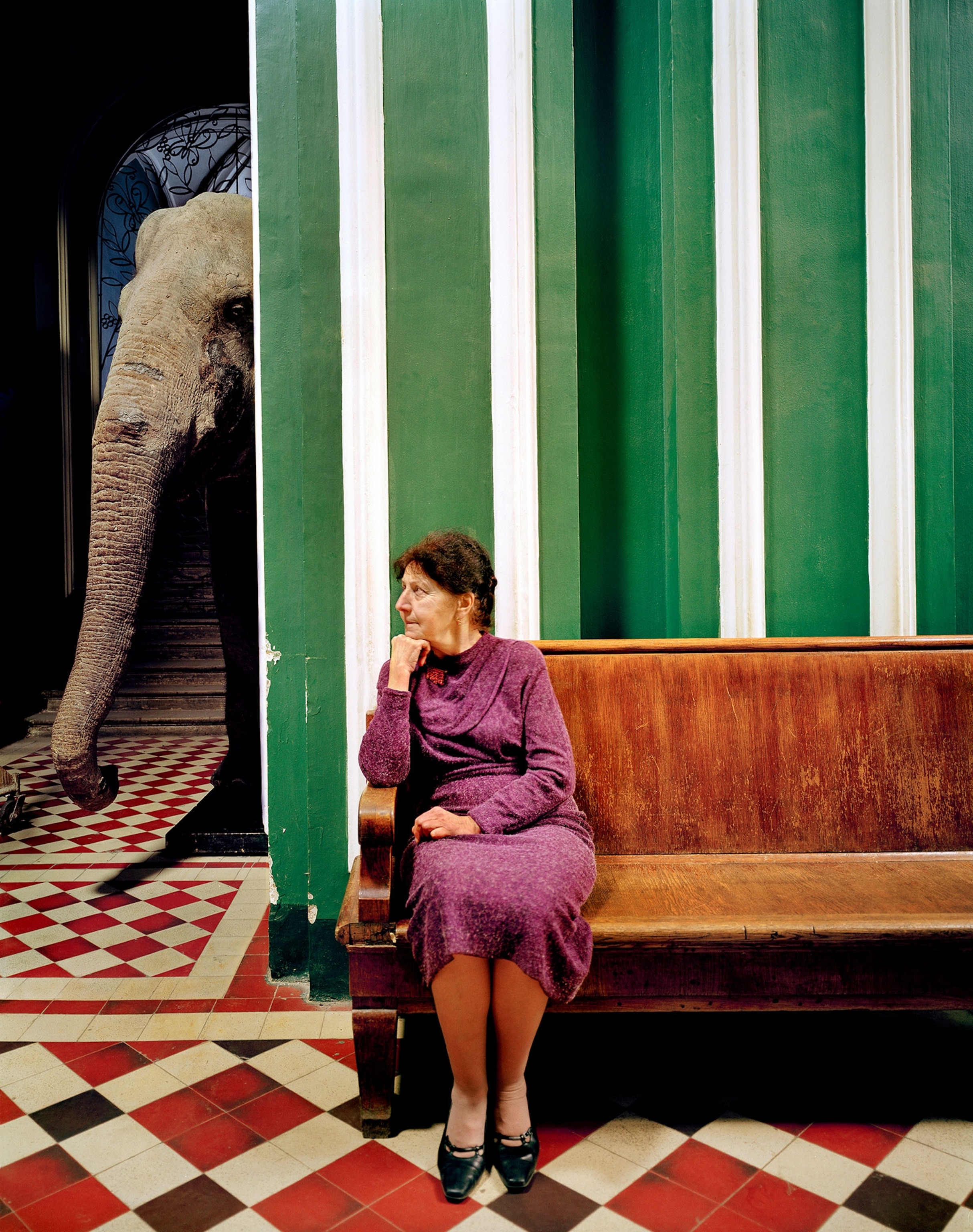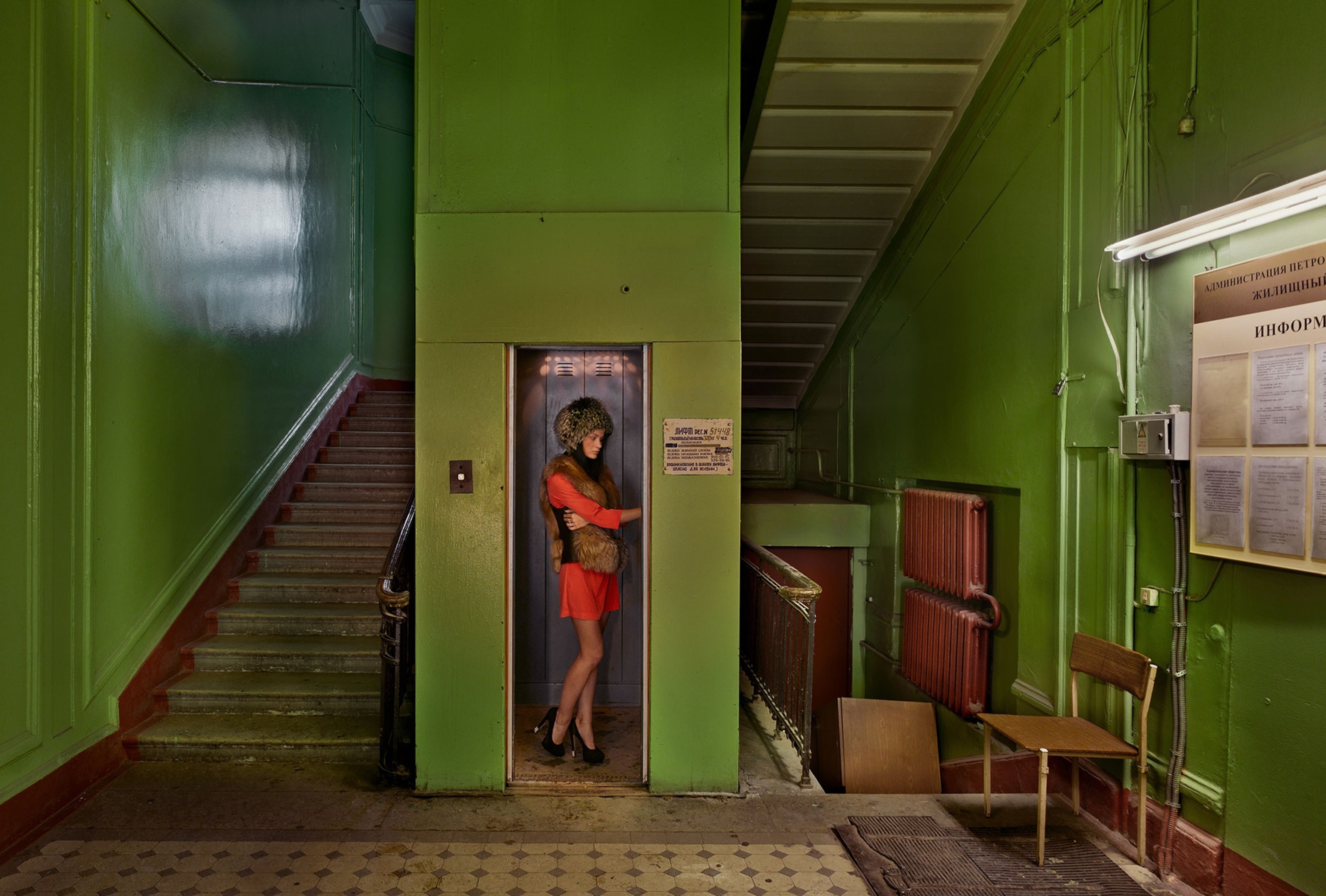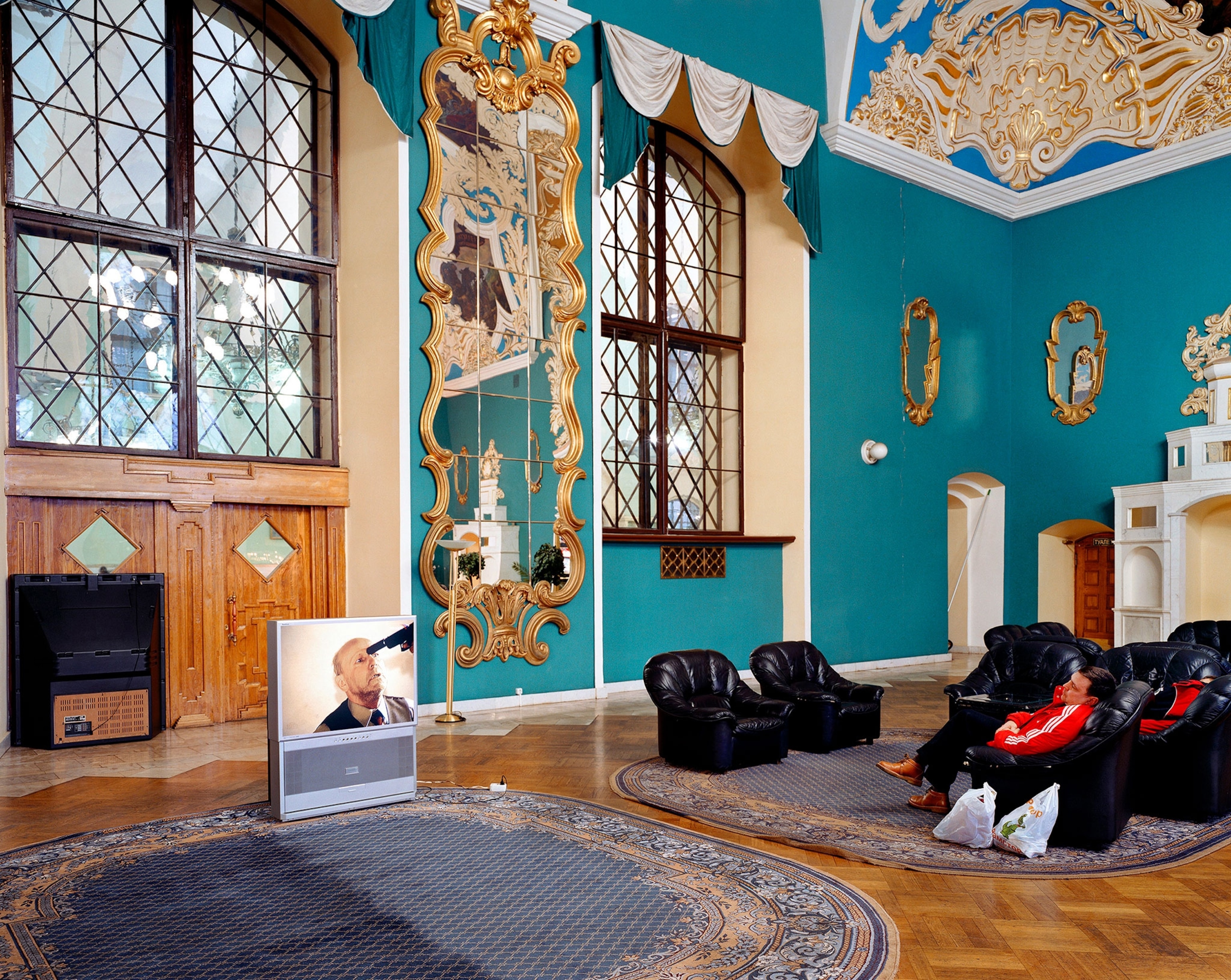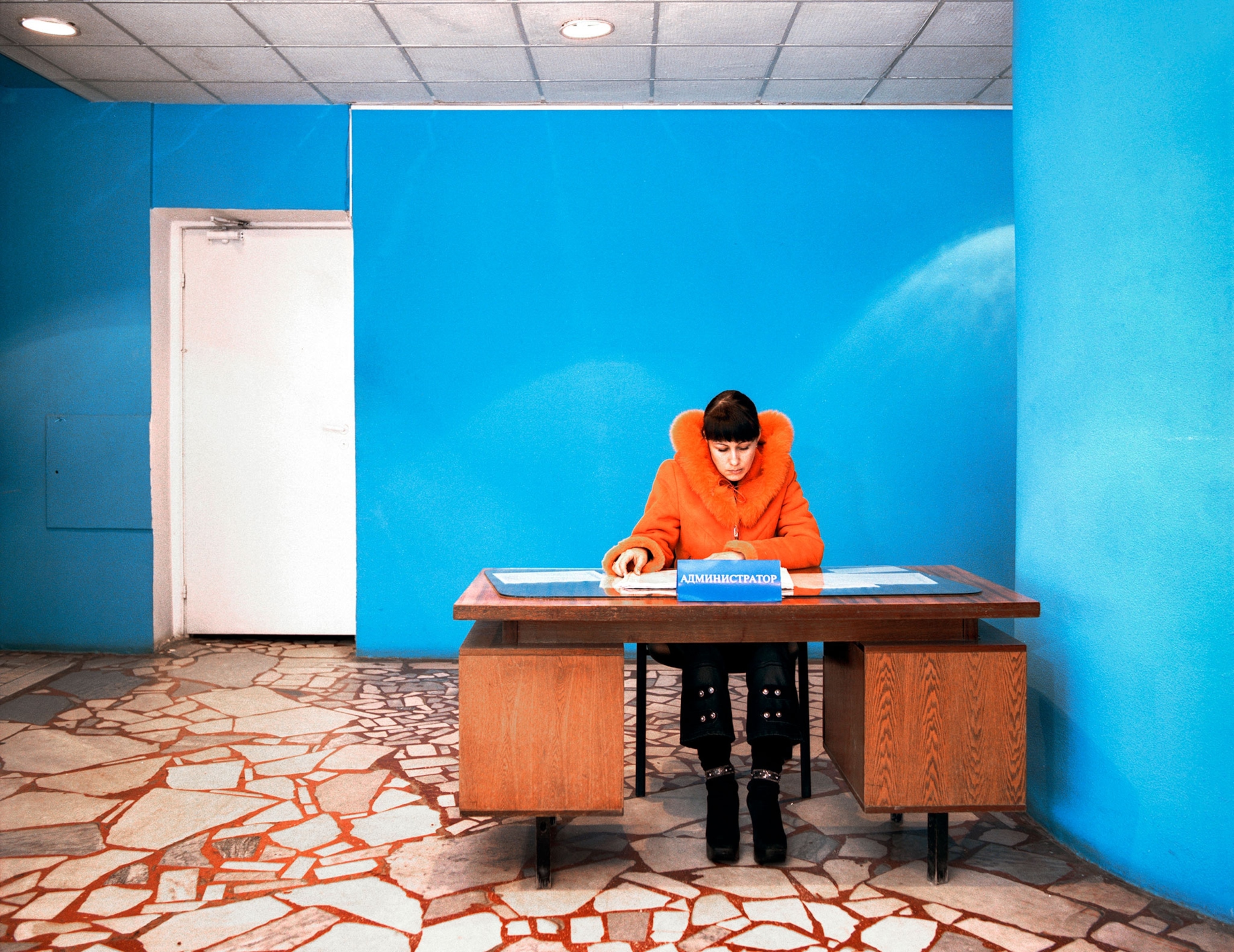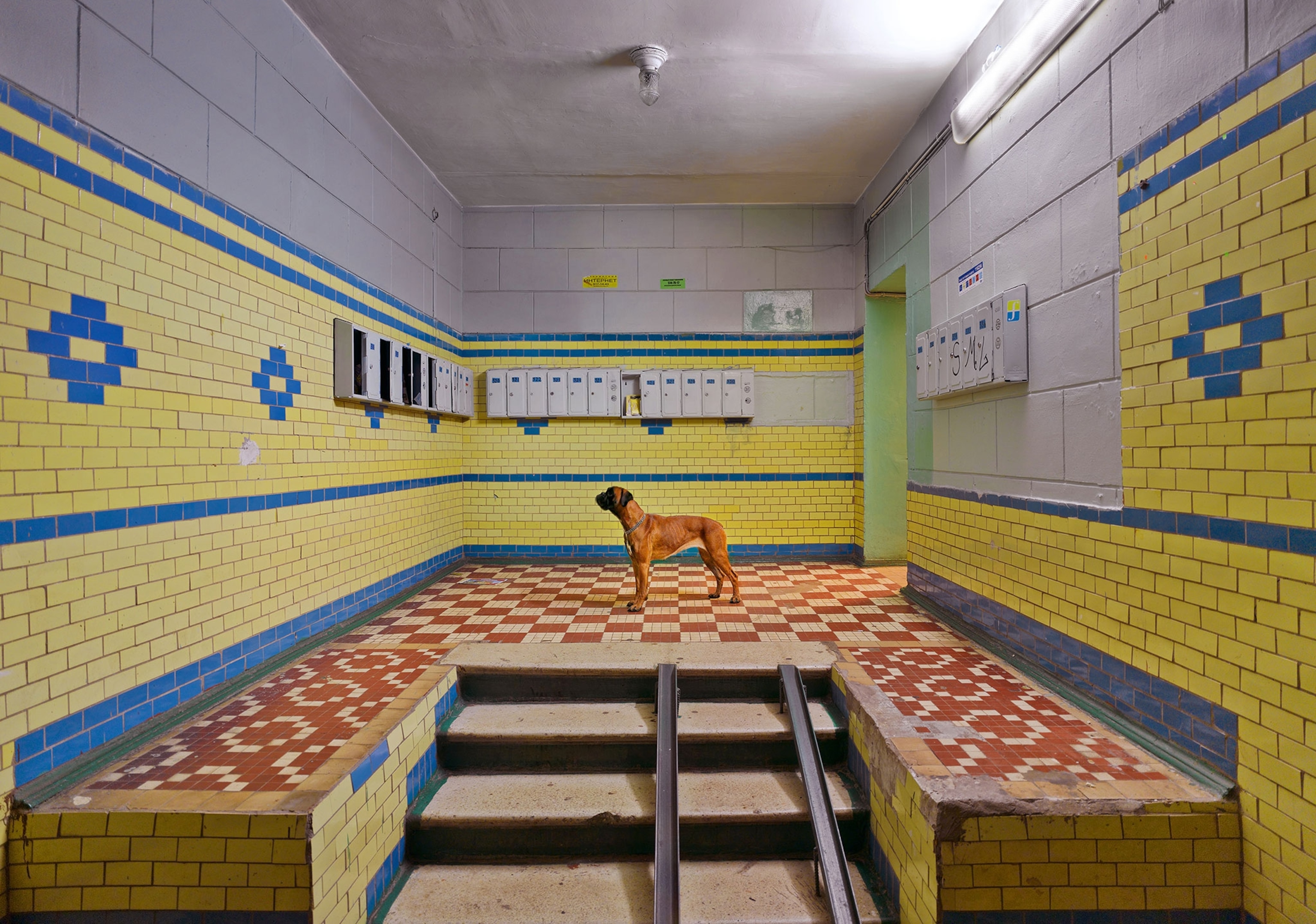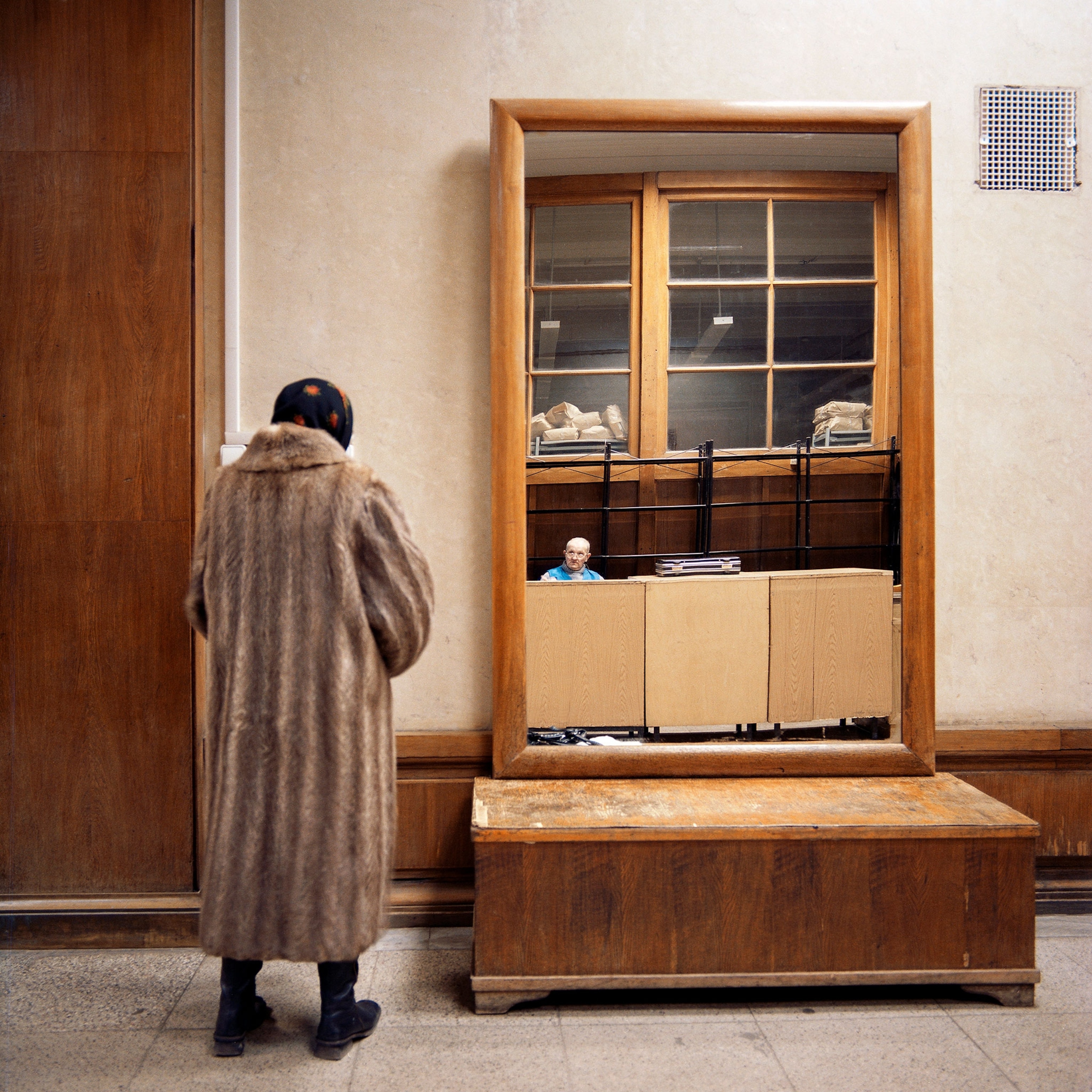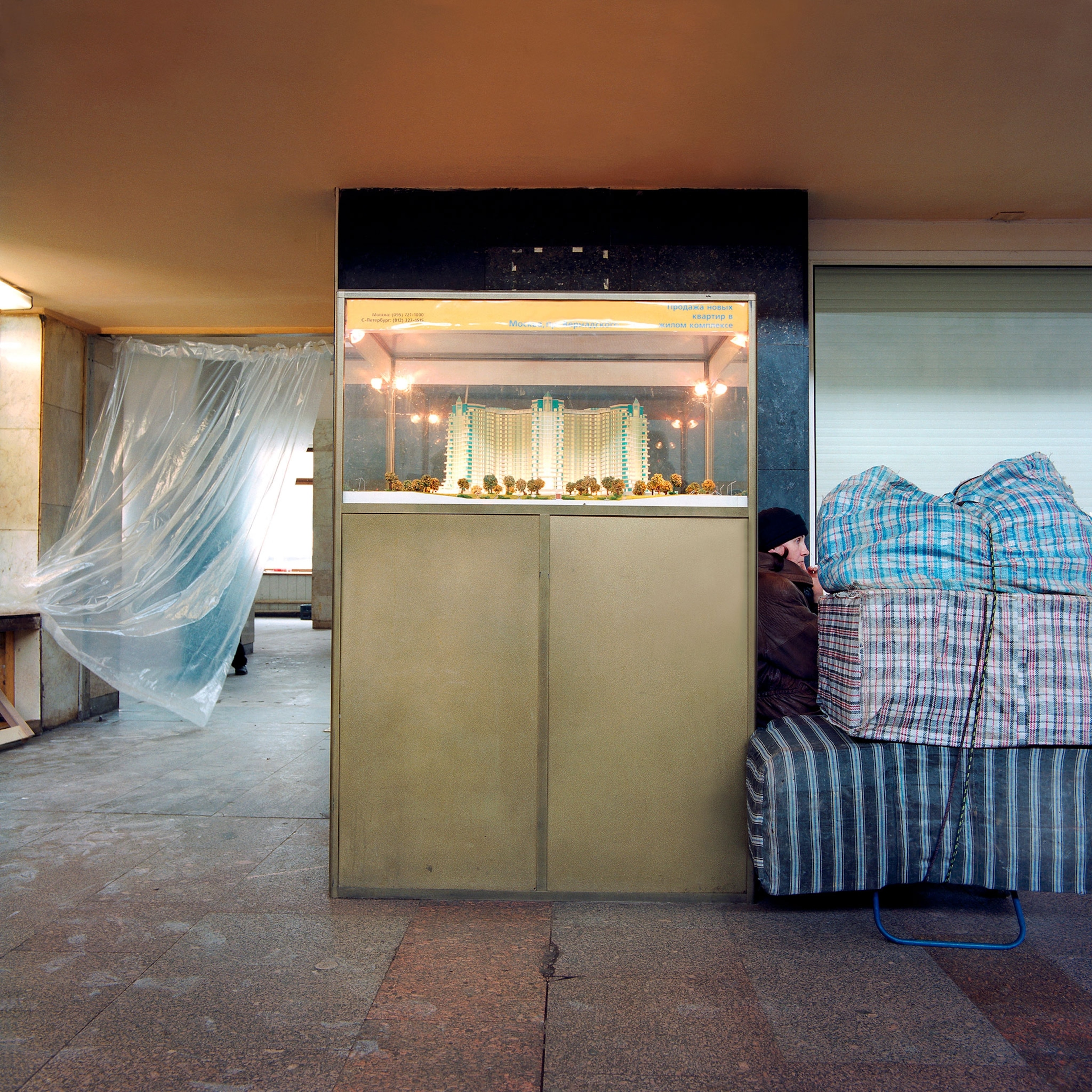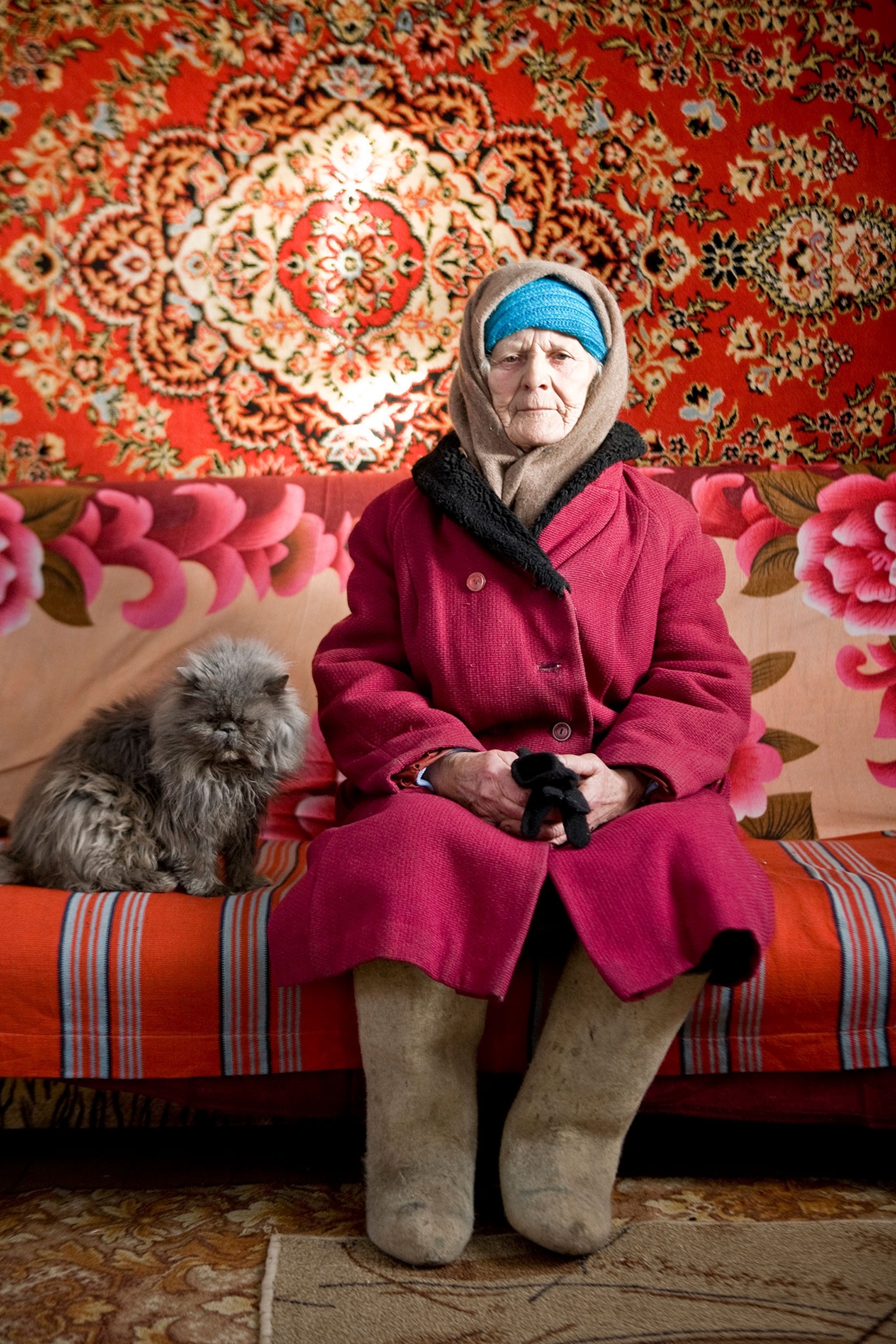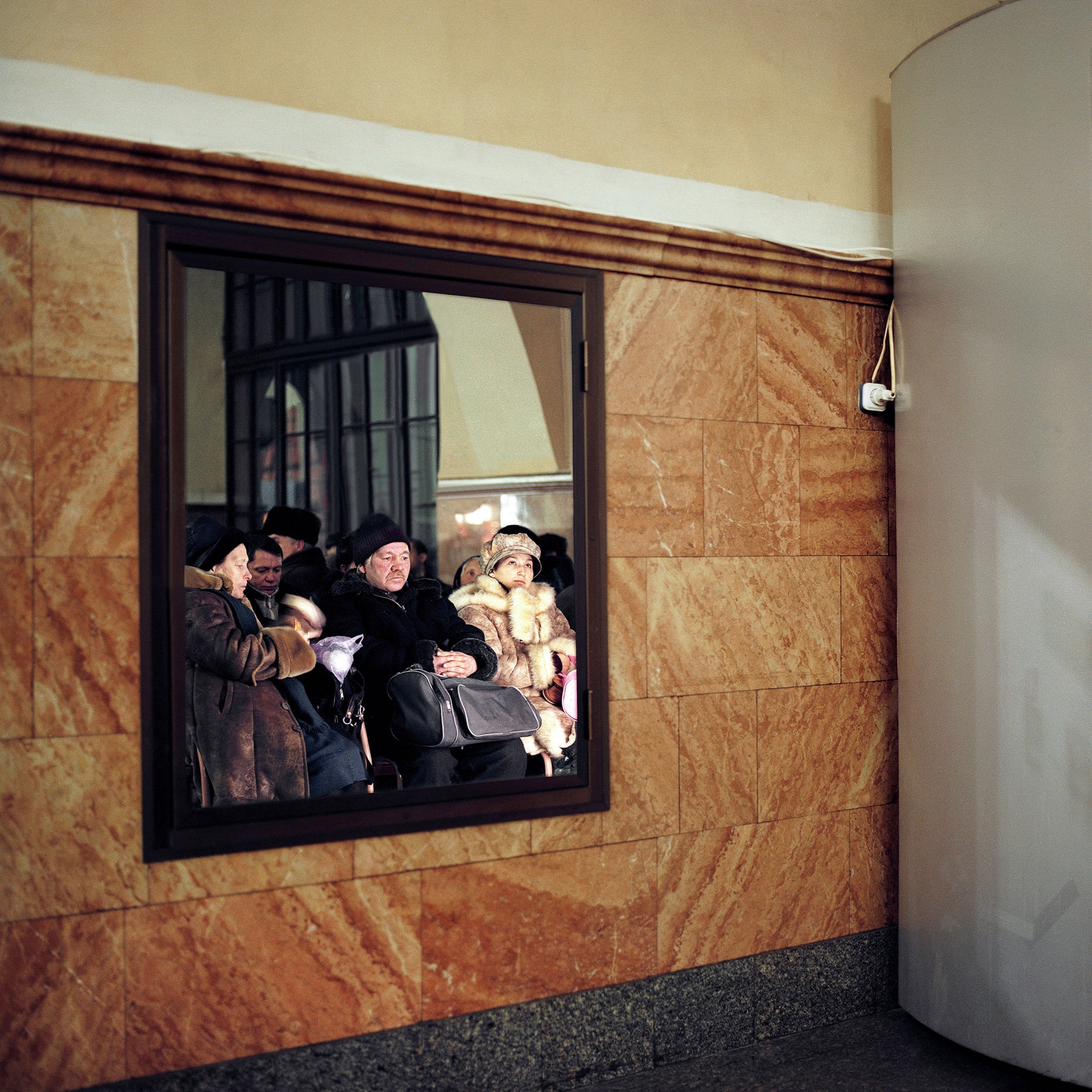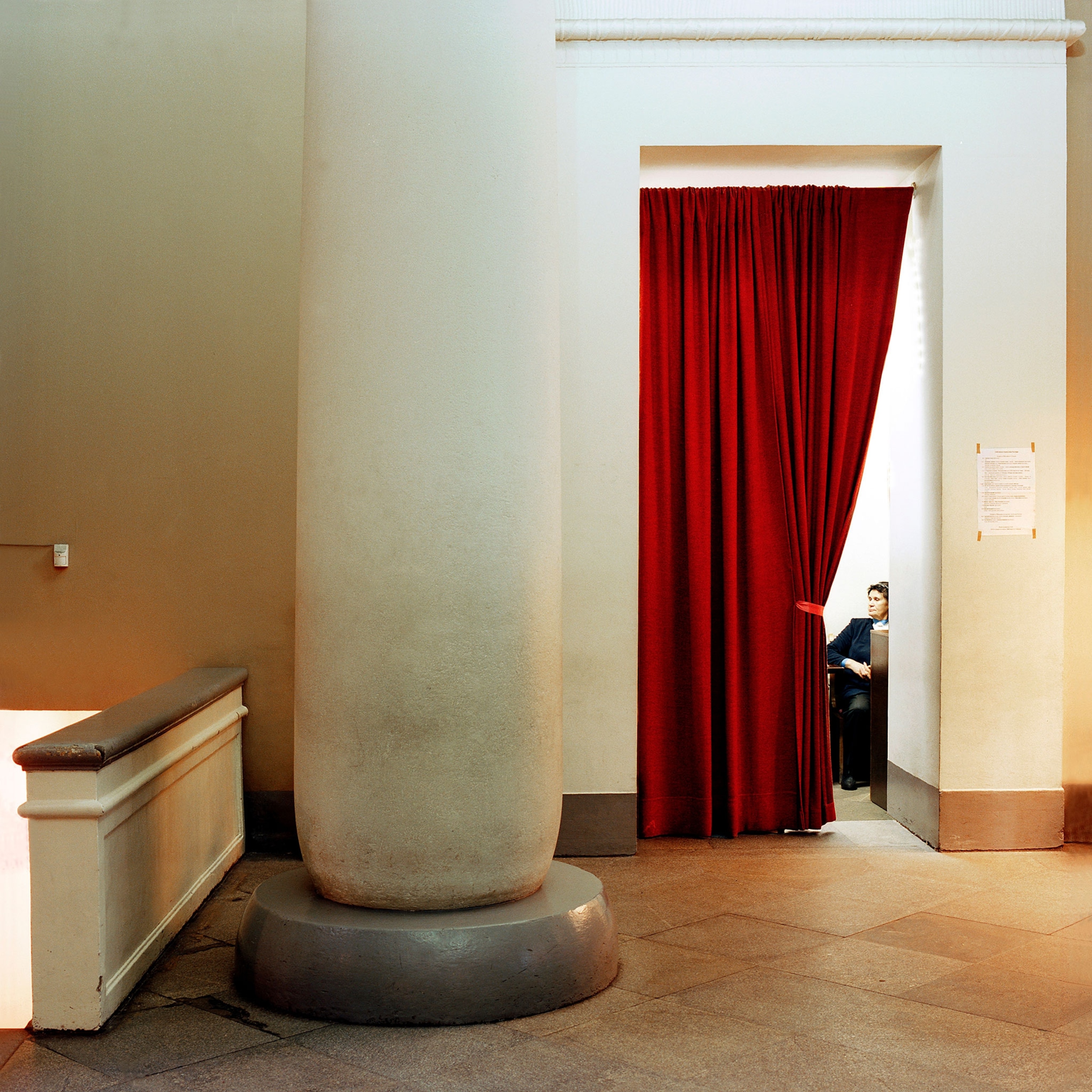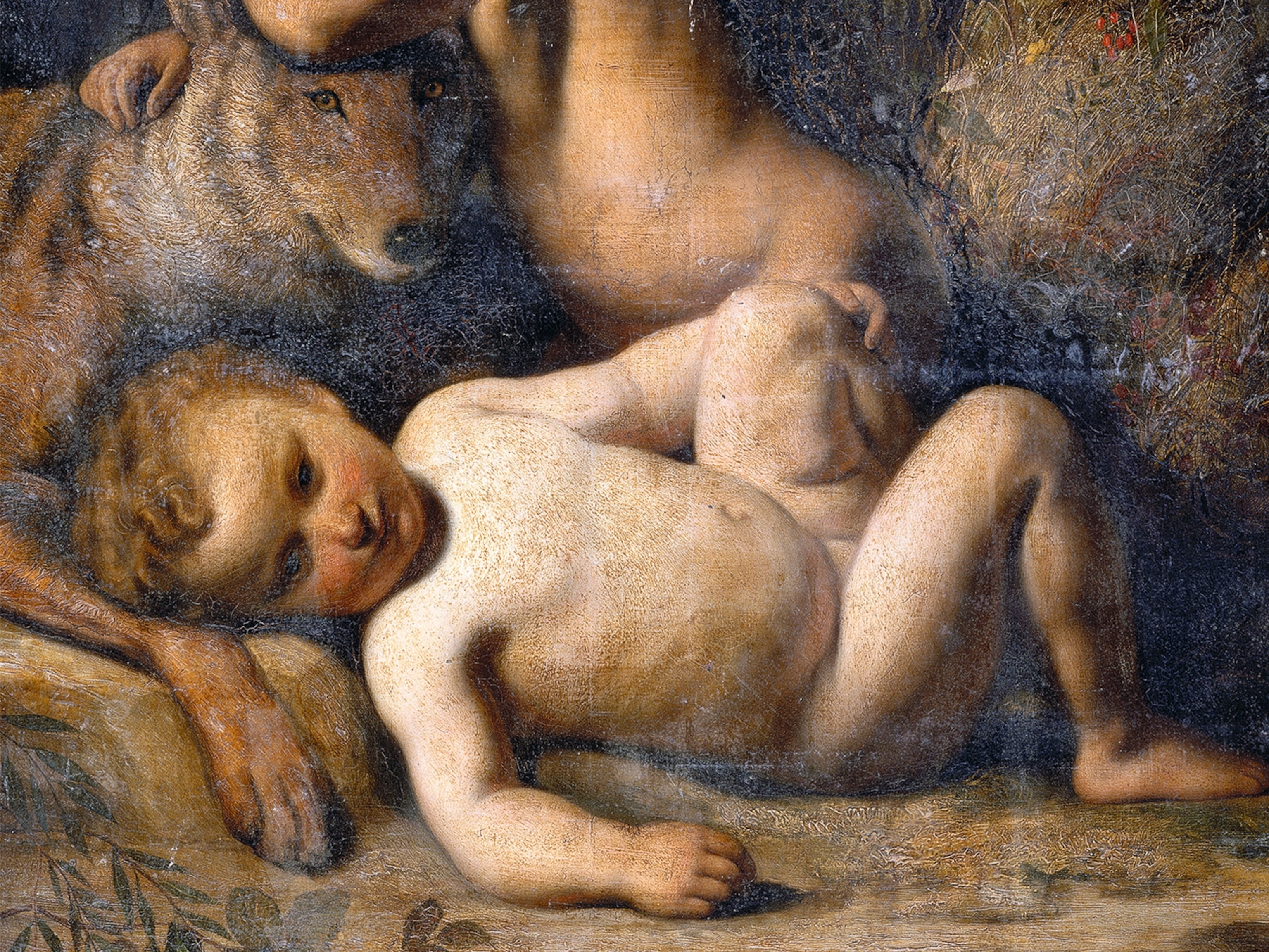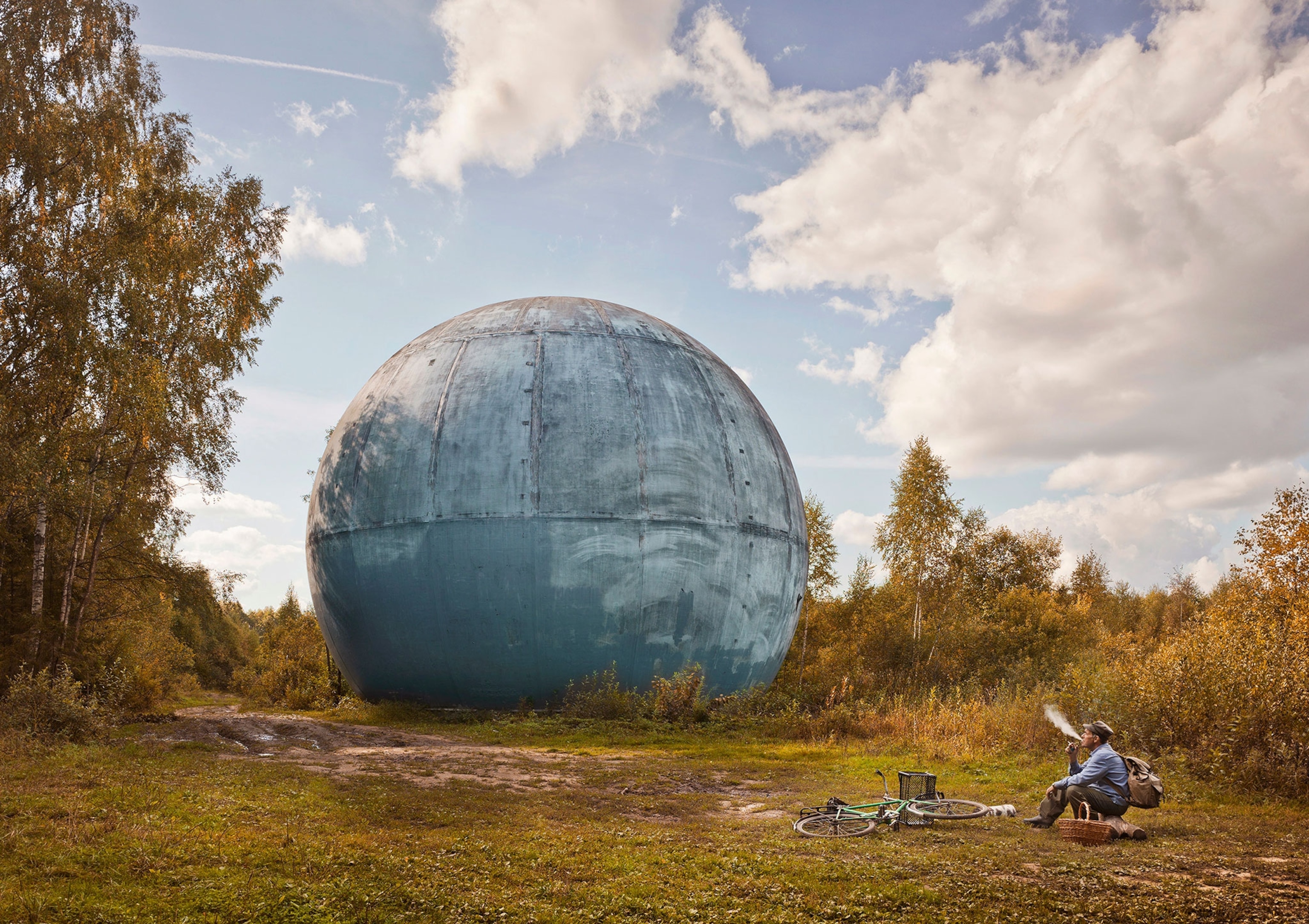
Finding Fairytales in Everyday Russia
Surreal scenes reveal a country that’s often judged too quickly.
Dungeons and castles, princesses and forests. What makes a fairy tale? A wild fiction with lessons hidden in simple characters. Or a far-fetched series of events, in a faraway place. The writer G.K. Chesterton called them stories that show that peace and happiness can only exist on some condition, that good must conquer a physical version of evil— a dragon, a witch, or a big bad wolf.
Modern fairy tales are a little harder to spot. Evil can’t be so easily assigned, nor can good. But if there’s any country so routinely generalized, it’d be Russia. Russia’s aggressive politics, Russia’s ruthless leader, Russia’s boldness in Syria, in Ukraine, and at the Olympics. Russians themselves have never seemed more confident. And Russia’s reputation has hardly ever gotten worse press in the West. A portrait, no matter the angle, in broad brush.
It’s enough that, when you get to see the actual Russia up close, simple scenes of daily life become deeply interesting. That’s the conceit that drove photographer Frank Herfort, a German, to Moscow, where he now lives part-time, and to a series of images of what he calls “Russian fairy tales.” Herfort’s work on Russian fairy tales might otherwise be dubbed Russia in repose—not of the Russia clenched in political manipulation, but the one where older people spend an afternoon at the pool.
Herfort finds himself wandering around, sometimes with just a backpack, and when he observes someone doing something utterly ordinary—a woman waiting for the train—he’ll ask if he can make a photo. Most often, the confused subject agrees, and looks around a bit confused as Herfort sets up a flash or two. On occasion, they’ll be asked to repeat that thing they did a moment before. The way they walked. The way they stood. Make that face again.
An interaction so bemusing among strangers seems to be exactly the point. The woman sitting at the windowsill, the man walking down a staircase, the watermelon salesman on the side of the road. It’s easy to think that photography has become more prone to the bold and bombastic, where the quality of images is quantified in likes and shares. Herfort has found there is power in a simple, well-lit, well-composed, perfectly quotidian image.
And in Russia especially. You could miss a lot of the country's nuance just reading the newspaper, Herfort says. You could think of Russia as one single, evil fairytale villain, when really, there are millions of little fairy tales even more surreal, bizarre, and worth looking at. “There's something else happening there. There's still something beautiful, something strange.” In the routine of life, you could call it pride.

